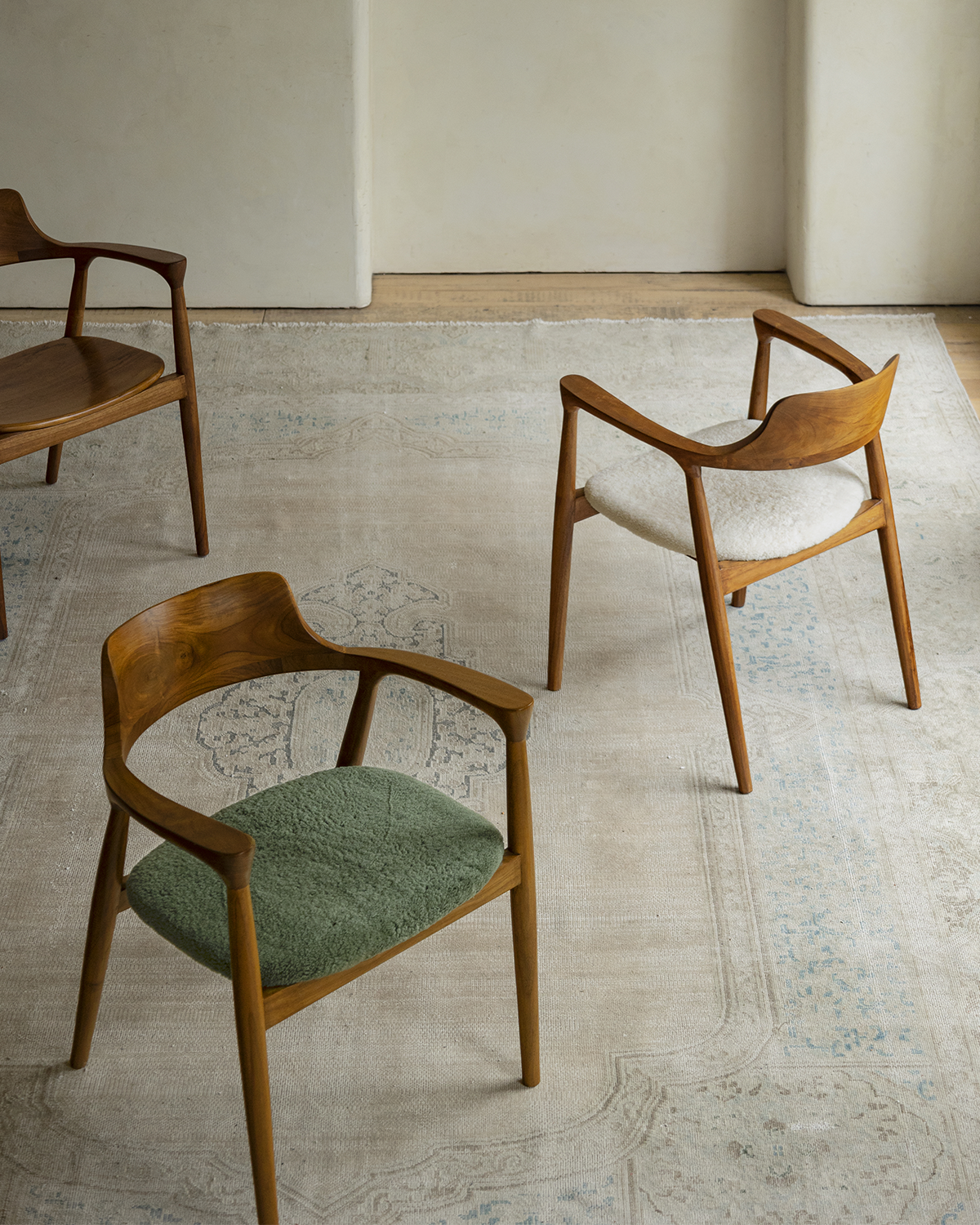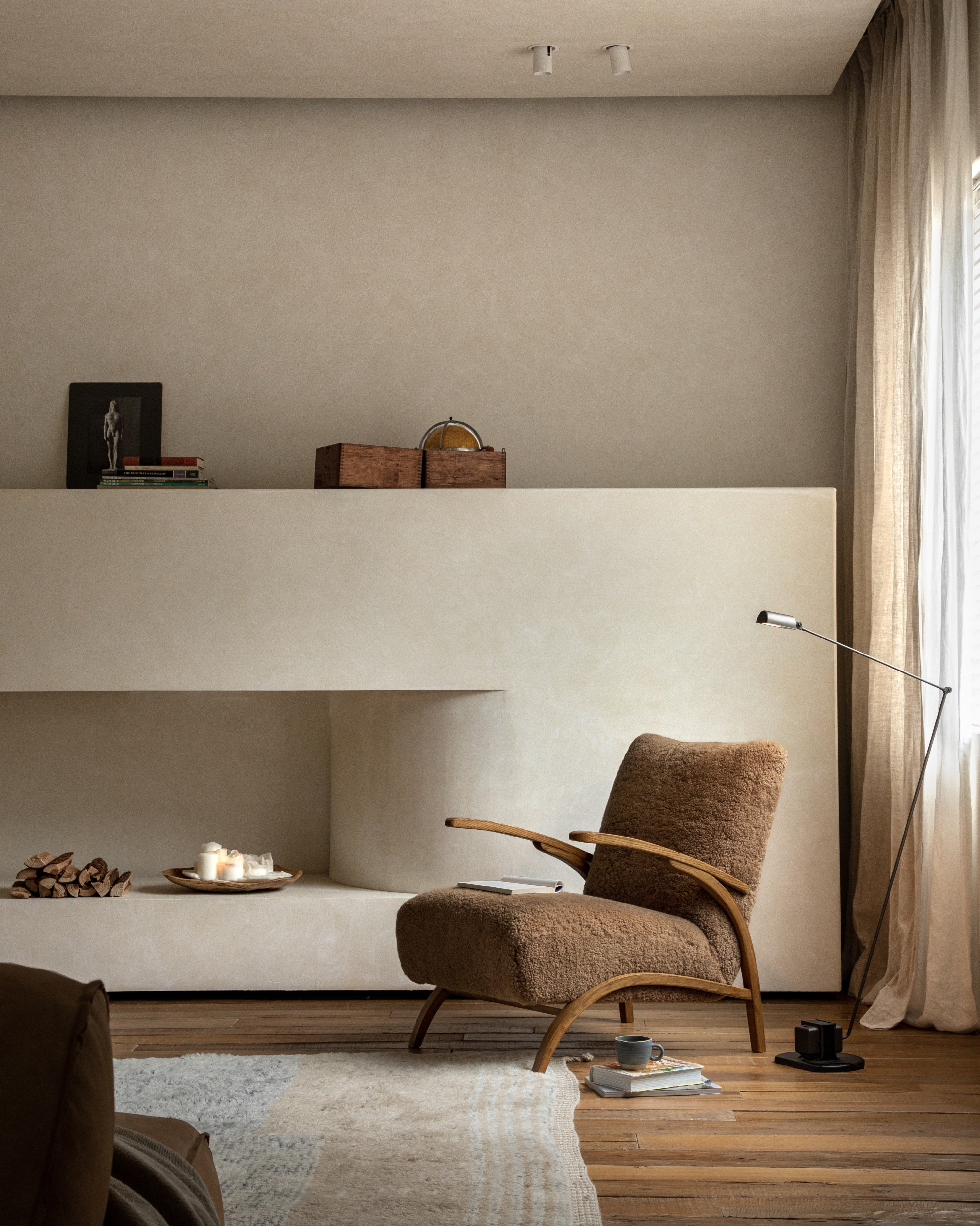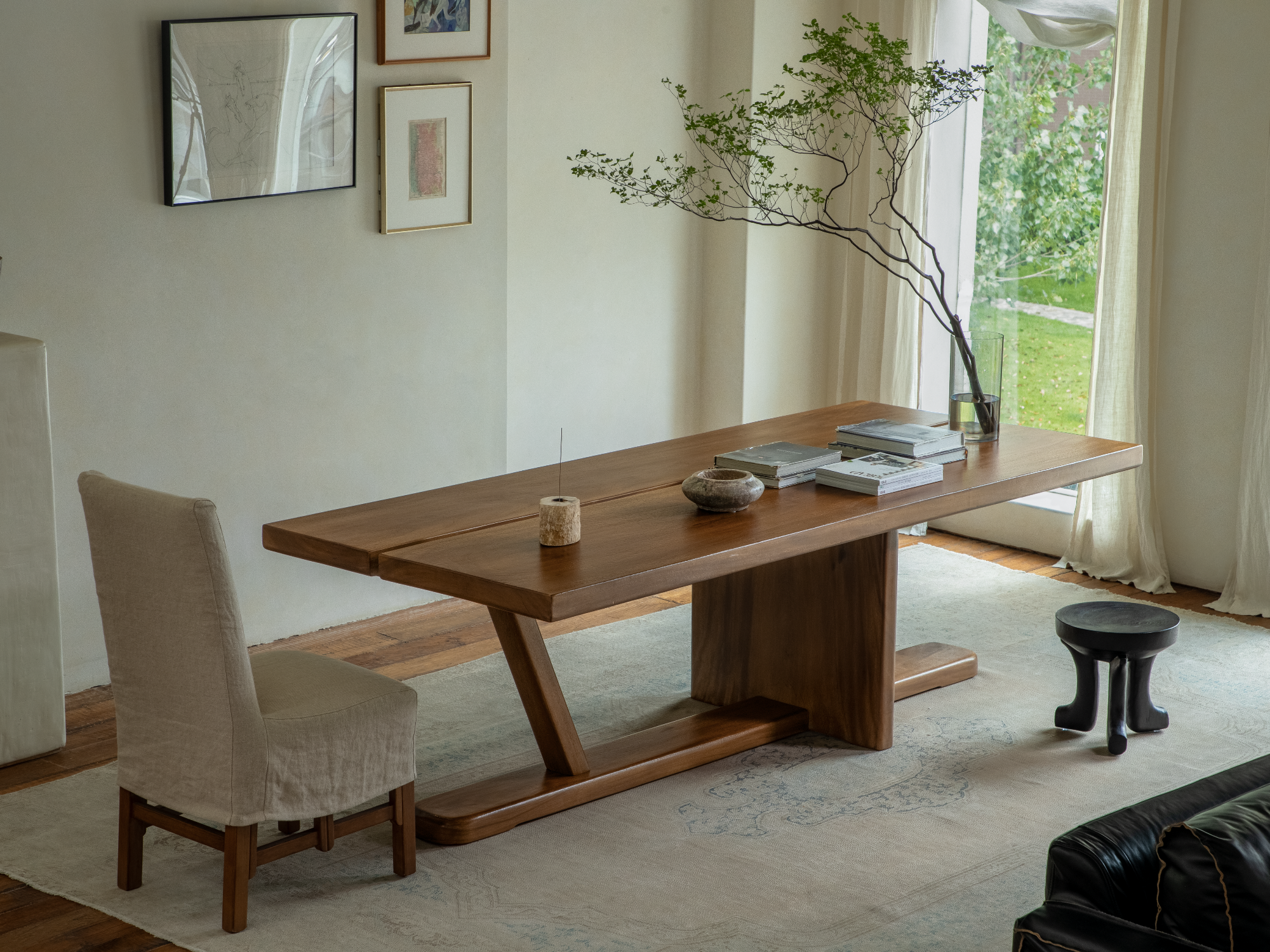
How to Keep Your Dining Table and Chairs Last Longer?
Your dining table more than just a piece of wood or metal; it's one of the key parts in your home. There, your family eats meals together, friends catch up over coffee, and many memories are made. Wear and tear from everyday life, like spills, scratches, wobbly chairs, and fading finishes, can make your best furniture look old. This article tells you how to keep your dining set in good shape so it looks great for a long time.
Why Furniture Care is a Smart Investment
Taking good care of your dining room is a smart choice that helps in the long run. By spending a little time on upkeep, you protect an important thing you own. This helps it stay a safe, useful, and beautiful centerpiece in your dining space.
Preserve Your Asset
A quality dining set is a big purchase, and it has both money value and special meaning. The art of pairing dining tables and chairs is the first step in creating this valuable asset. Taking good care of it helps keep its money value, which is important if you ever sell it. And it keeps the furniture looking good and strong, so it stays a special part of your home where you can keep making memories. If you don't care for it, furniture can quickly lose its appeal, turning a favorite piece into something you'd rather hide.

Ensure Safety and Functionality
Furniture upkeep is about safety too. In fact, ensuring long-term safety and comfort starts with choosing the perfect shape and dimension for your new dining chair. Once your furniture is in place, ongoing maintenance is key. A wobbly dining chair is not just a bother; it can be dangerous, especially for children or older family members. Fixing problems early, like regularly tightening the joints on your dining tables and chairs, stops these issues. This simple step keeps your furniture stable, comfortable, and safe for everyone, making your dining space a safe and friendly place.
Achieve Long-Term Savings and Sustainability
Regular care is the cheapest way to own furniture. It helps you avoid paying for big professional repairs for problems like deep scratches or broken legs. Also, by making your furniture last longer, you are being good to the environment. Instead of throwing away a worn-out dining set, you can enjoy your pieces for many years, which saves you money and is a good choice for the planet.
In short, a little attention helps a lot in keeping your furniture strong and nice-looking. These habits save you money and help your dining area stay a safe and welcoming place for years.
How to Care for Different Dining Furniture Materials
To keep your dining furniture in good shape, you need to know what it's made of. Using the wrong cleaner can cause damage, so it's important to match your care routine to the material.
For Wood Furniture
Wooden dining tables are always in style, but they need special care.
- For regular dusting and cleaning, always use a soft, dry microfiber cloth to pick up dust without scratching the surface.
- When you wipe up spills or do a bigger cleaning job, make the cloth a little wet with water and always move in the direction of the wood grain. This protects the finish.
- To keep the wood from drying out and cracking, use a quality furniture polish every few months. This feeds the wood and adds a protective layer that makes it look even better.

For Metal, Glass, and Stone Furniture
Furniture made from metal, glass, or stone has a modern look but has its own set of rules.
- For glass tabletops, a streak-free glass cleaner is best for keeping a clear finish.
- Metal parts, like chair legs or table bases, can usually be cleaned with a soft cloth and a gentle soap-and-water mix.
- For natural stone surfaces like marble, it is very important not to use acidic or rough cleaners (like vinegar), because they can damage and dull the surface. You should use a pH-neutral cleaner made just for stone.
For Upholstered and Fabric Chairs
Fabric seats add comfort but catch crumbs and spills. Vacuum them often with a furniture attachment to remove dirt. If a spill happens, act fast. Blot the spot with a clean, dry cloth to soak up the liquid. Then, use a cleaner made for your fabric type to prevent a permanent stain.
Using the right cleaning methods for wood, metal, glass, or fabric will stop damage and keep every piece looking its best.
Your General Care Routine for Dining Tables and Chairs
A complete care routine mixes a smart setup, daily habits, and regular checks. This approach turns simple actions into long-term protection, creating a space where your dining set can last a long time.
Position Your Furniture Correctly
The first step is deciding where to put your furniture. Place your dining set away from direct sunlight, which can fade and damage the finish. Also, keep it away from heat sources like radiators or air vents that can cause wood to bend or crack. Last, leave a few inches between the backs of dining chairs and the walls to stop scratches on both your furniture and your home.
Adopt Daily Protective Habits
Your daily actions give the best protection.
- Use Protective Layers: Always use tablecloths, placemats, and coasters for every meal. They give an important shield against heat, wetness, and scratches from forks and knives.
- Clean Spills Immediately: Take care of spills right when they happen. Use a soft, absorbent cloth to gently blot the liquid. The longer something sits on the surface, the bigger the risk of it soaking in and making a permanent stain.
- Lift, Don't Drag: Always lift dishes, centerpieces, and other objects instead of sliding them across the table. This is the easiest way to stop the small scratches that can make your tabletop look dull.
Establish a Regular Cleaning Plan
A regular cleaning plan keeps your dining furniture looking fresh. A simple weekly routine of dusting and wiping all surfaces with a lightly wet cloth is often enough for daily dirt. For a deeper clean, you can have a monthly routine that includes polishing your wooden dining tables and chairs or cleaning fabric seats. The key is to use the right tools.
| Do's | Don'ts |
| Use a mild cleaner, like a few drops of gentle soap in water. | Don't use harsh chemicals like ammonia, bleach, or all-purpose sprays. |
| Wipe with a slightly damp cloth, never a soaking wet one. | Don't oversaturate the surface, as too much water can damage the finish. |
| Dry thoroughly with a separate, clean, and soft cloth. | Don't use silicone-based polishes, which can create a cloudy film. |
| Dust first before cleaning or polishing to avoid scratching the surface. | Don't use abrasive sponges that can permanently scratch and dull the finish. |
Perform Periodic Maintenance Checks
A quick check-up every few months can stop small problems from getting bigger.
- Look at all the joints on your dining chairs and table, and tighten any loose screws you find. This simple action stops wobbles before they hurt the furniture's frame.
- At the same time, check the felt pads on the bottom of chair legs and replace any that are worn out. This protects your floors and helps the chairs slide smoothly without putting stress on the joints.
Your furniture will be well protected if you put it in a good place and care for it every day, every week, and every so often. This will help your furniture stay stable, clean, and nice for a long time.
Is it Time for a Pro? Signs Your Dining Furniture Needs an Expert
Even with the best care, sometimes damage is too hard to fix yourself. For high-quality or special pieces, professional work can make furniture that seems ruined look new again.
Key Signs Your Furniture Needs Professional Help
Some types of damage are clear signs that you need help from an expert. Look for these issues:
- Deep cuts or scratches that have gone through the top coat and into the wood.
- Widespread finish damage from heat or water.
- Broken or cracked frames, such as a split chair leg or a separating tabletop.
- Severe watermarks that have turned the finish white or black and can't be polished away.
The Benefits of Professional Restoration
It's often better to fix up a special dining set than to buy a new one, especially if the tables and chairs are made of real wood. Frames can be fixed properly, finishes can be removed and reapplied perfectly, and the piece will look like it did when it was new. Buying used furniture is better for the earth than buying new. It also keeps the history and meaning of your furniture so that your family can enjoy it for years to come.
Knowing your limits and getting professional help for big damage is a key part of owning furniture the right way. It makes sure your special pieces get the expert care they need to last a lifetime.

3 FAQs About Dining Tables and Chairs
Q1: How can I fix a minor scratch on my wood table at home?
A: For very light scratches on a wood surface, an easy fix at home can often work. Try rubbing a walnut or pecan on the scratch. The oils from the nut can fill in the spot and make it darker, so it is harder to see. For scratches that are a bit deeper, you can find wax filler sticks or touch-up markers at hardware stores that match your wood color. They give a fix that lasts longer.
Q2: What's the best way to deep clean sticky residue off my table?
A: To remove sticky stuff without hurting the finish, it's best to not use strong chemicals. First, use a soft cloth with warm, soapy water. Put the warm cloth on the sticky spot for a few minutes to make it soft, then softly wipe it away. For tougher spots, a mix of equal parts water and white vinegar can work, but you should try it on a hidden spot first to be safe.
Q3: How often should I actually polish my wood dining furniture?
A: How often you polish depends on the finish and the room. Usually, polishing furniture that you use a lot, like wooden dining tables, two to four times a year is enough to keep the wood in good shape. Polishing too much can leave a cloudy film on the surface, so it's more important to dust and clean it regularly. Always use a good quality polish that is right for your table's finish.





